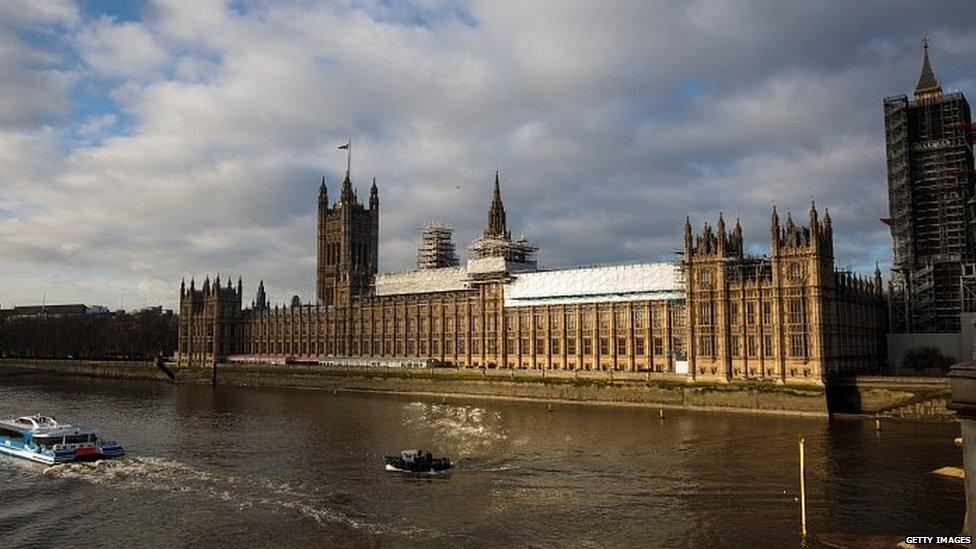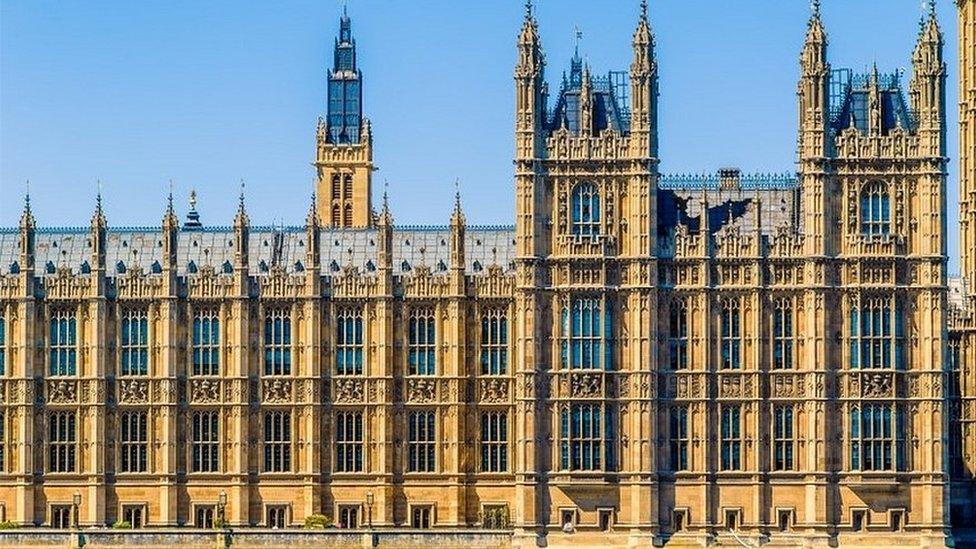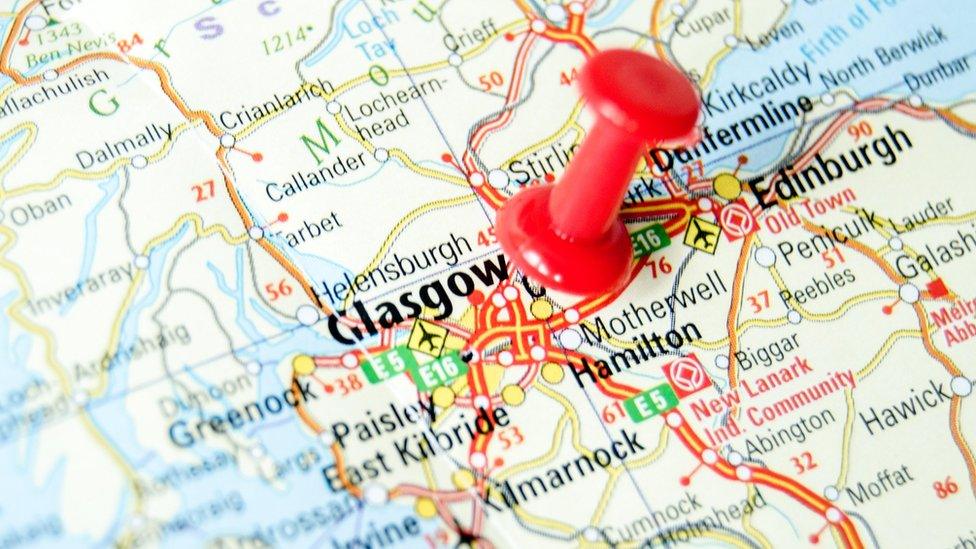Call to bring forward vote on cutting Commons to 600 MPs
- Published
- comments

MPs are being urged to decide at the earliest opportunity whether to cut the size of the Commons, to avoid outdated boundaries at the next election.
Current changes are being drawn up on the basis of a 2011 law which agreed in principle to cut numbers by 50 to 600.
But many MPs do not now support it and could reject it in a vote this autumn.
The Public Administration Committee said there would then be no time to start again and the 2022 poll would be held on out-dated boundaries.
The last time boundaries were reviewed were between 2004 and 2006 in time for the 2010 general election.
Since 2011, the Boundary Commissions of England, Scotland, Wales and Northern Ireland are required to redraw the UK's political map every five years to take account of changes in population shifts.
Officials started work on a new review in 2016, which is due to report to Parliament by September 2018.
However, the situation is complicated by the fact that they are working on the assumption - no longer supported by many MPs - that the House of Commons will be reduced from its current size of 650 MPs.
This was a commitment made by David Cameron in the wake of the 2009 Commons expenses scandal, when he proposed a smaller legislature among measures to cut the cost of politics.
The principle was set out in legislation passed by the Conservative-Lib Dem coalition government in 2011, which also included changes to make constituencies more uniform in size.
'Invidious choice'
But following wrangling between the Tories and Lib Dems, MPs voted in 2013 against beginning the process in time for the 2015 election, pushing it back to 2018.
As a result, last year's snap general election was also held on the 2010 boundaries.
In the meantime, the mood in Westminster has hardened against the idea of smaller Commons.
Conservative and Labour MPs are sceptical about the idea of doing away with 32 constituencies in England and 11 in Wales, arguing it will favour one party over the other and increase the workload of the remaining MPs.
The SNP are opposed to plans to reduce Scottish representation at Westminster by six seats while the DUP, on whom Theresa May relies upon for her Commons majority, has expressed concerns about the proposed changes in Northern Ireland, which would see one seat disappear and others change in character.

Proposed breakdown in seats if numbers cut to 600
England: 501 (down from 533 at the moment)
Scotland: 53 (down from 59)
Wales: 29 (down from 40)
Northern Ireland: 17 (down from 18)

The cross-party committee said it was "unlikely" that MPs would support the move later this year and that there had to be a Plan B for Parliament to consider.
"The time to decide this in principle is now," said Bernard Jenkin, the Tory MP who chairs the committee.
"If the government waits until the autumn, Parliament will be faced with an invidious choice - either approve the new boundaries or hold the next election on boundaries that will be over 20 years out of date.
"But if we decide this now, it would be possible to change the law so new boundaries at 650 seats can be in place before the next election."
Labour suggested the existing proposals were "undemocratic" and called for the review to fully take into account "community ties and geography".
Shadow minister Cat Smith said her party was ready to work with others to ensure a boundary review could go ahead "in a way that benefits our democracy, not just the Conservative Party".
The Boundary Commission for England, which completed its consultation on its revised proposals in December, said Mr Jenkin was correct there would not be enough time for them to restart their work should the existing review be rejected.
- Published17 October 2017

- Published17 October 2017
